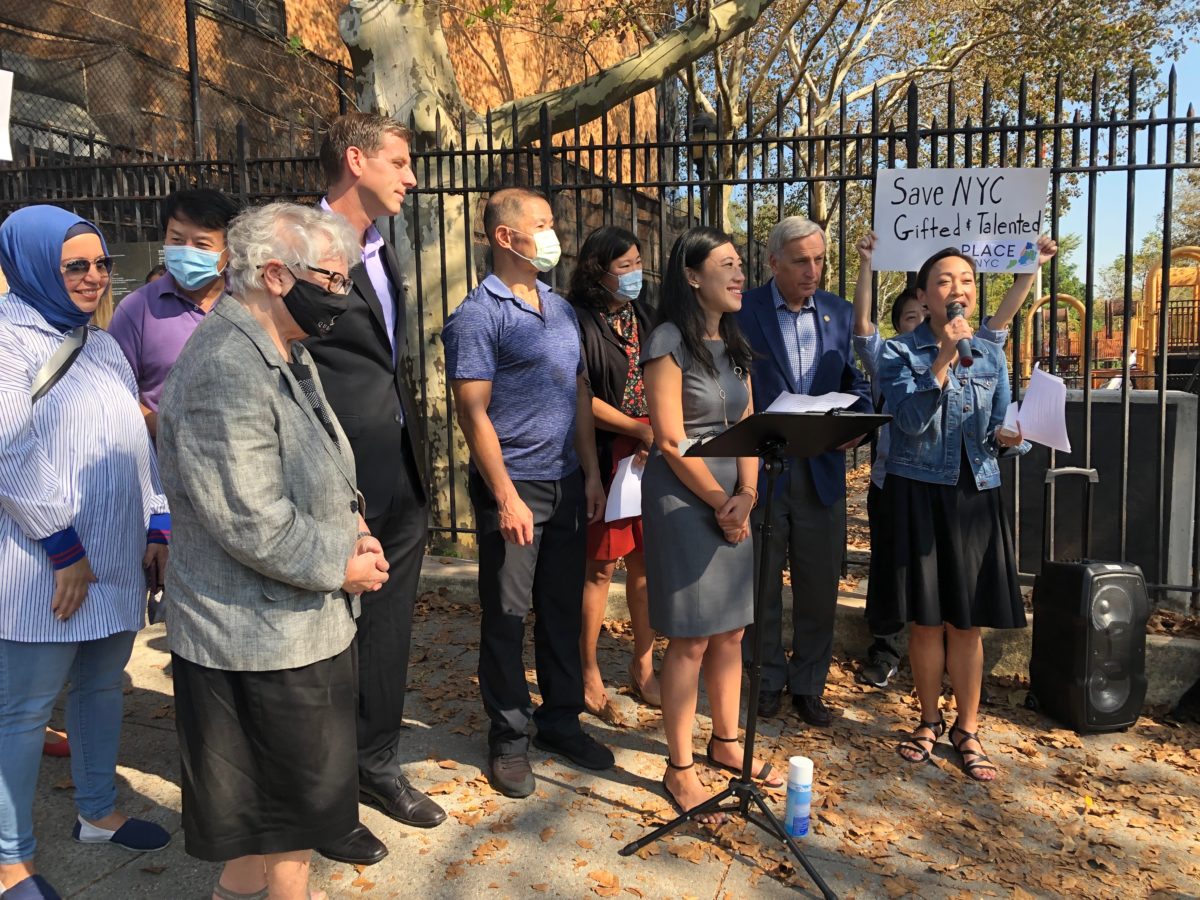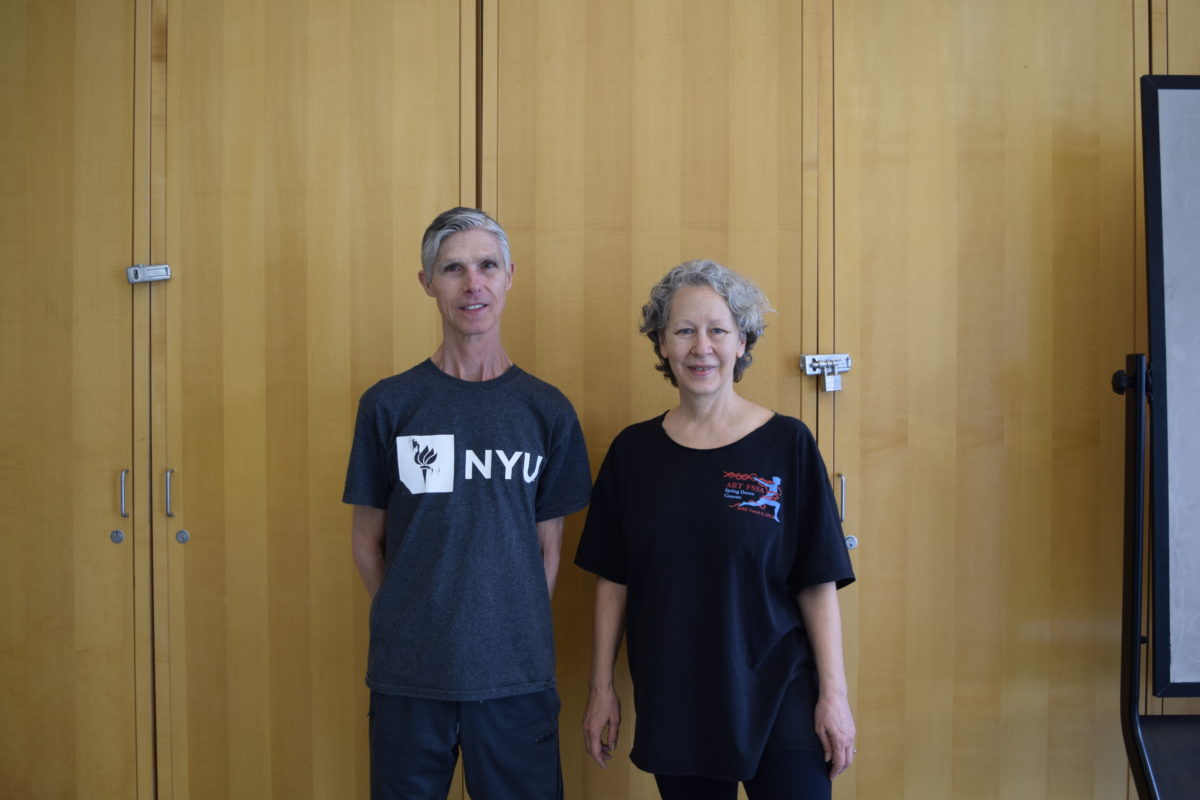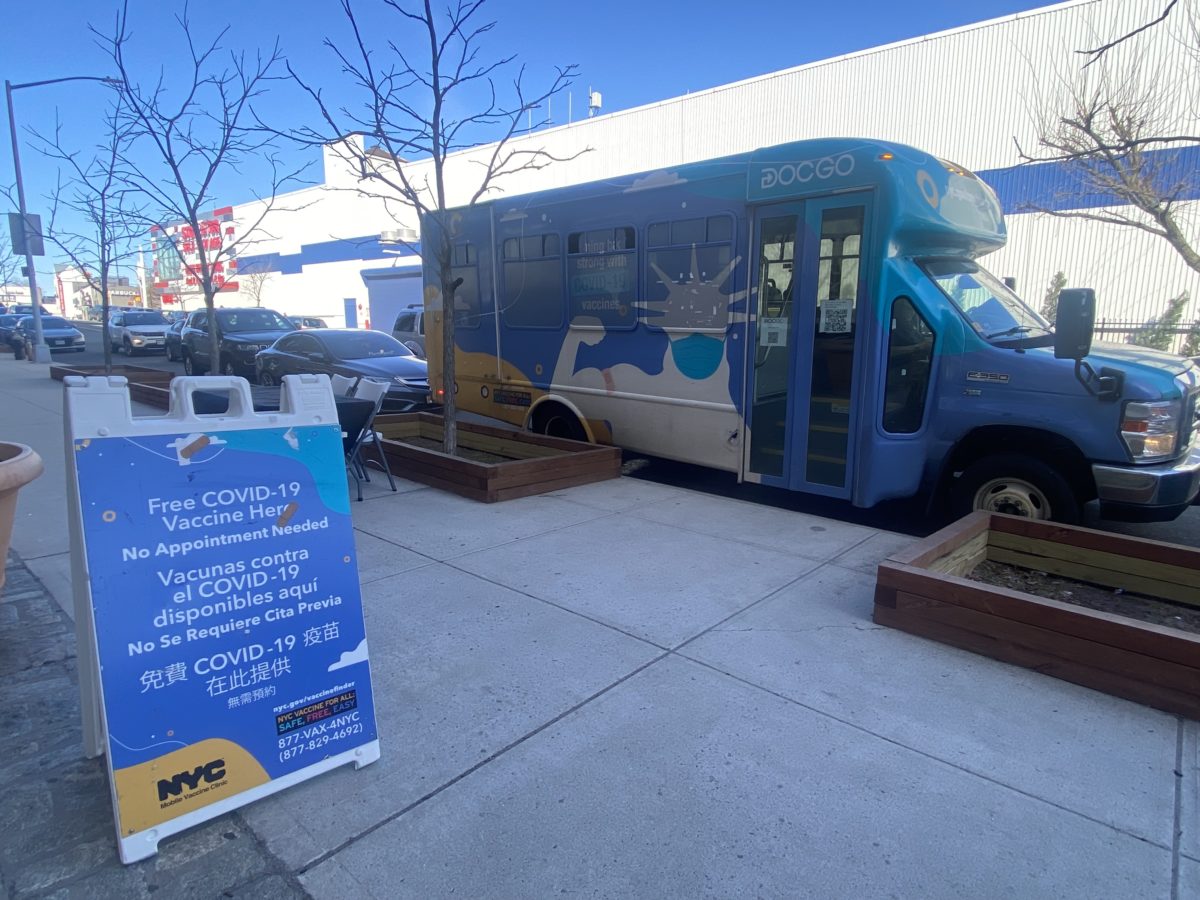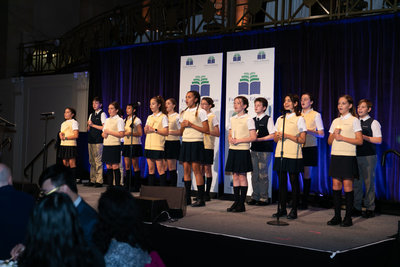Gifted and Talented programs given new life under revamped plan
By Matthew Fischetti and Evan Triantafilidis
Education Chancellor David Banks and Mayor Eric Adams announced an expansion of the Gifted and Talented programs to every school district in the city.
The program, which starts at the Kindergarten level with an opt-in citywide test, will have 100 seats added to the existing 2,400 enrollment slots.
The admissions tests administered annually to thousands of rising Kindergarteners will be replaced with a student evaluation and eventual nomination by their pre-K teachers to a lottery system, or through an interview process if they are not yet in school, or attend a private or parochial school program.
The Adams administration says this universal pre-K screening takes the initial burden off families and will increase access to the program, resulting in a more diverse eligibility pool.
At the third-grade level, 1,000 seats will be added to the program.
Although it is not clear yet which schools in Brooklyn and Queens will be receiving the additional seats, the revival of the Gifted and Talented program was met with mixed reactions from elected officials. The Department of Education did not identify which districts will receive additional seats, despite multiple requests for clarification.
With just weeks left in his tenure, then-Mayor Bill de Blasio announced last October plans to phase out the Gifted and Talented program. De Blasio planned to replace the program with “Brilliant NYC,” which would allow students eight and older to participate in accelerated learning programs while remaining in their original classroom.
De Blasio envisioned a program that was touted to reach 26 times more students than the current Gifted and Talented program, and offer a more widespread approach to attain a more inclusive model.
Critics of the Gifted and Talented program argue that the diversity of the program does not reflect the student body population. While Black and Latino kids make up the majority of city students – at approximately 65 percent – the Gifted and Talented programs enroll more than 75 percent of students who are either white or Asian.
The Adams administration says the expansion of the program is the result of the Department of Education’s engagement with and feedback from parents and diverse community stakeholders.
“We’re doubling down on this administration’s commitment to our youngest New Yorkers by adding additional seats and removing inequities in the admission process to allow students throughout this city to gain access to accelerated learning,” Mayor Adams said. “And thanks to this expansion, for the first time ever, there will be a Gifted and Talented program in every school district in this city. This is how we give every young person an opportunity to grow, to learn, to explore their talents and imagination.”
Elected officials along with education advocates voiced their approval of the new Mayor’s plan, while others claim that the move simply expands an already inequitable initiative.
Councilwoman Linda Lee, representing the 23rd District in Eastern Queens, has been advocating for the expansion of the Gifted and Talented program since before she was elected. With her youngest son eligible to test-in next year, Lee applauded last week’s announcement from the Mayor and Schools Chancellor.
“Since the fall, parents, community leaders, and elected officials have consistently called for G&T to be restored, and today the Mayor and Chancellor demonstrated that they are listening,” Lee said. “By not just expanding the number of seats available citywide, but also expanding programs to every school district in the City, and allowing students to test into the program at later ages, this new program will prove that we can have equity and educational excellence at the same time.”
A number of Lee’s colleagues in the City Council, including Speaker Adrienne Adams, Sandra Ung, Lynn Schulman, Rita Joseph, Justin Brannan, Gale Brewer and Oswald Feliz have all praised the move to expand the Gifted and Talented program citywide.
New York State Senator John Liu, chair of the committee on NYC Education, said that he is happy to see “positive movement” on accelerated learning in public schools, but remains cautious to the lottery system and “nebulous recommendations” that are a cause for concern for parents and families.
“Going forward beyond this school year, the administration must be sure to engage parents and students who have long called for more accelerated learning in order to address these outstanding issues,” Liu said.
Critics of the program, like Public Advocate Jumaane Williams and Comptroller Brad Lander, say that the revival and revamp of the Gifted and Talented program does not do away with the underlying tones of modern day segregation in the classroom.
Lander said that Elementary school students benefit from learning alongside a diverse group of peers, calling it one of the core virtues of public education.
“Segregating learning environments for elementary students, based on a teacher’s or test’s assessment of how smart they are, is not sound education policy,” Lander said in a statement. “We’ve seen repeatedly that stand-alone G&T programs lead to racial segregation.”
Other leftists like Public Advocate Jumaane Williams have released white papers criticizing the program and instead advocating for a “school enrichment model.”
The model would utilize “a broad range of advanced-level enrichment experiences for all students, and use student responses to these experiences as stepping stones for relevant follow-up,” according to Williams’ report.
“Adding more seats, more access, more opportunity is an improvement that will extend these benefits to more students. At the same time, it is also an expansion of a program that is inherently inequitable,” Williams said in a statement.








